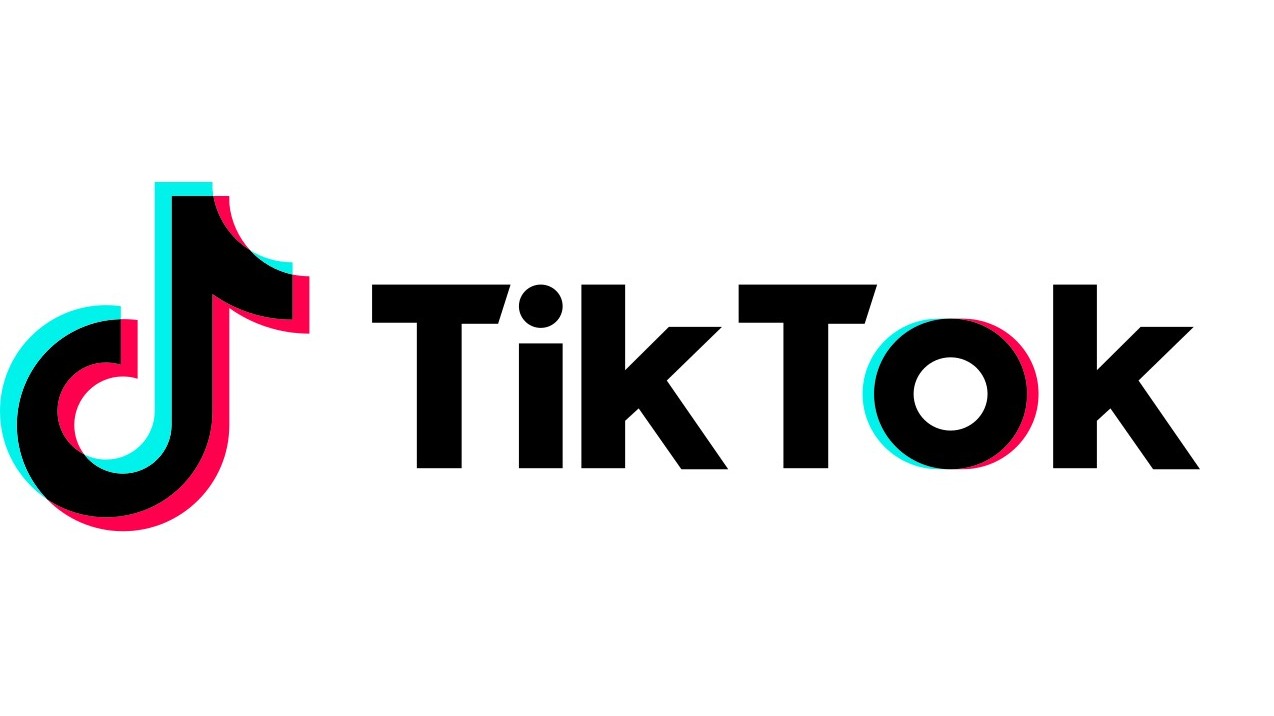Scientists at a California-based lab have replicated and improved upon a ‘breakthrough’ test in which they got more energy out of a nuclear fusion reaction than was put in.
Last year, scientists at the National Ignition Facility (NIF) at Lawrence Livermore National Laboratory in California managed to release 2.5 MJ of energy after using just 2.1 MJ to heat the fuel with lasers.
The process involved firing pellets containing hydrogen fuel at around 200 lasers to create a series of rapid, repeated explosions at the rate of 50 times per second.
Now in a replicated test, the scientists have managed to improve upon the results of the initial run.
Of the successful second test, a spokesperson for Lawrence Livermore told the Guardian: “Scientists… repeated the breakthrough in an experiment in the National Ignition Facility (NIF) on 30 July that produced a higher energy yield than in December.”
While significant, the net energy gain from nuclear fusion realised at the National Ignition Facility is still happening on a much smaller scale than what would be needed to power electric grids or heat buildings, noted Jeremy Chittenden, co-director of the Centre for Inertial Fusion Studies at Imperial College in London.
“It’s about what it takes to boil 10 kettles of water,” Chittenden said after the first experiment. “In order to turn that into a power station, we need to make a larger gain in energy – we need it to be substantially more.”
Latest News
-
Customer data stolen in cyber attack, M&S confirms
-
Nordic countries plan 'offline payment system' to protect against power outages
-
Google introduces Gemini Nano on Chrome to tackle scams
-
Sage partners with AWS to bring AI tools to small and medium firms
-
FDA announces aggressive timeline for AI deployment across agency
-
Google to pay $1.375bn to Texas in data privacy settlement
Bringing Teams to the table – Adding value by integrating Microsoft Teams with business applications
A decade ago, the idea of digital collaboration started and ended with sending documents over email. Some organisations would have portals for sharing content or simplistic IM apps, but the ways that we communicated online were still largely primitive.
Automating CX: How are businesses using AI to meet customer expectations?
Virtual agents are set to supplant the traditional chatbot and their use cases are evolving at pace, with many organisations deploying new AI technologies to meet rising customer demand for self-service and real-time interactions.
© 2019 Perspective Publishing Privacy & Cookies











Recent Stories